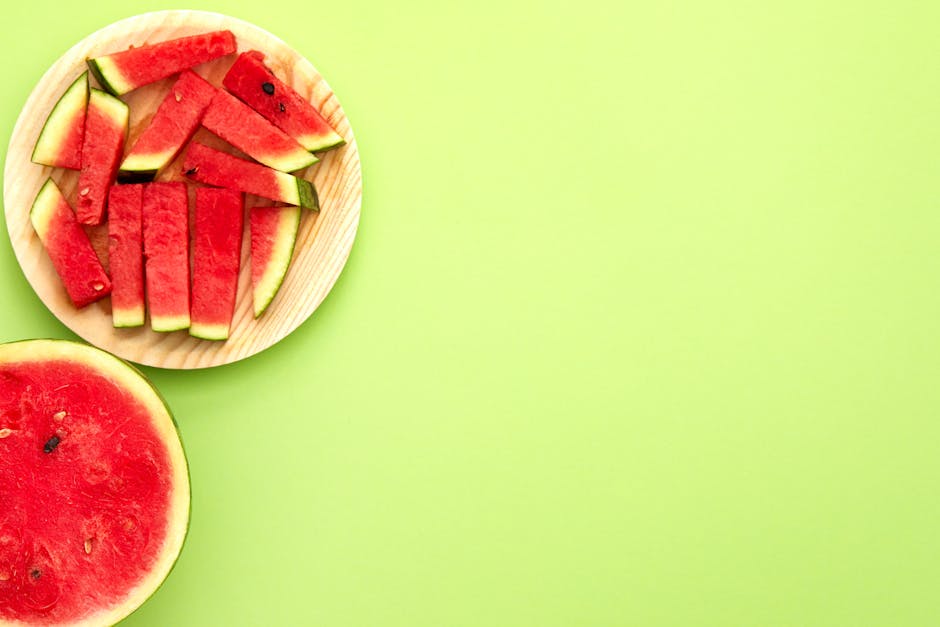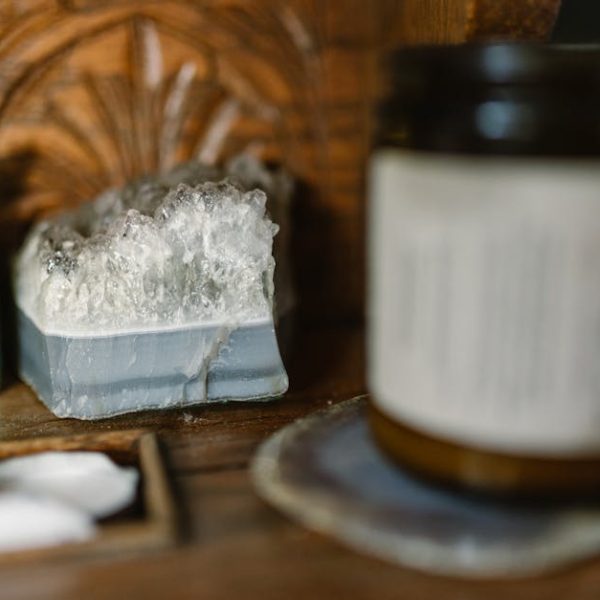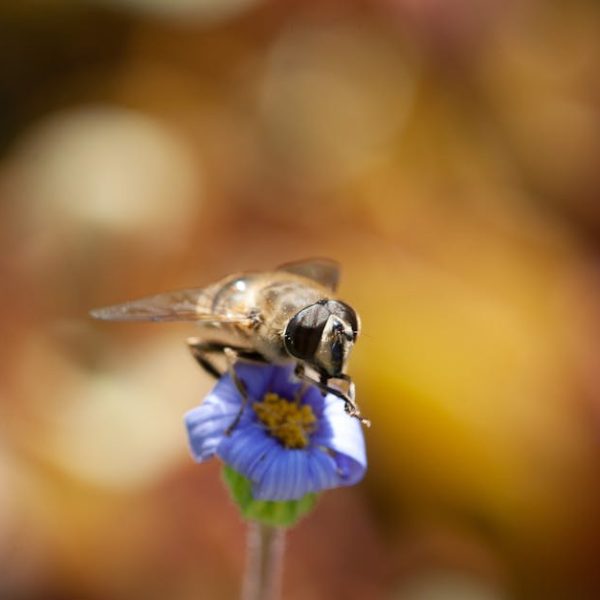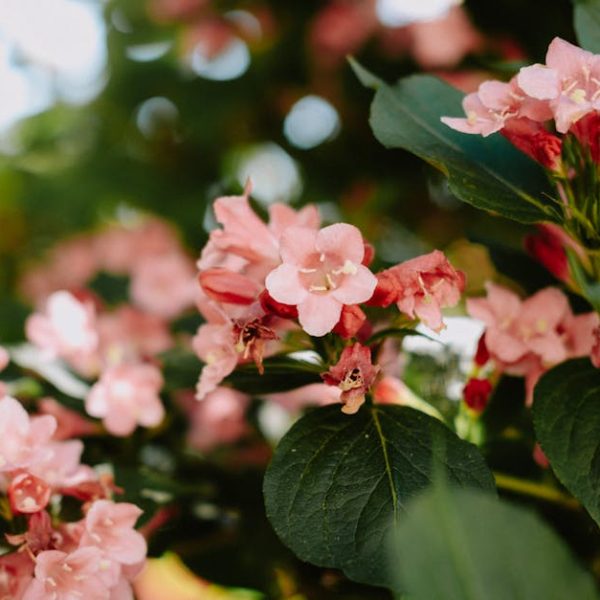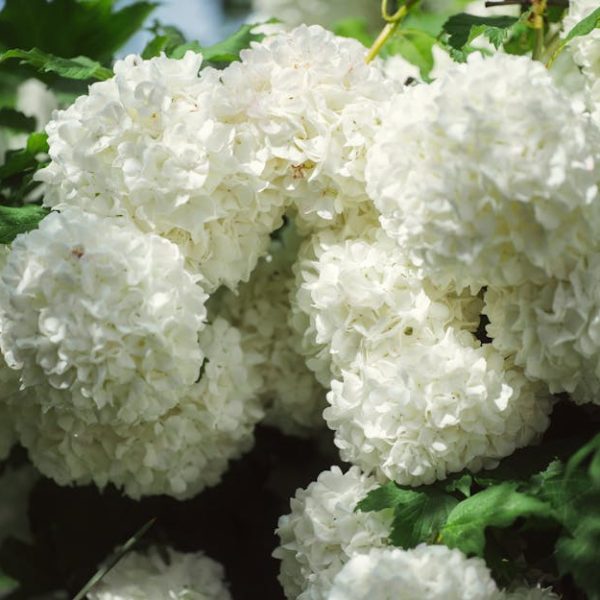Imagine devouring a juicy, sweet watermelon slice on a scorching summer day – sounds refreshing? That’s precisely what you get when you plant and grow your very own watermelon from seeds. It may seem tricky, but with the right understanding of the process and some helpful tips, you can successfully grow and enjoy this ever-refreshing fruit. In this guide, we will dive into everything you need to know about planting and growing watermelons from seeds.
Understanding Watermelon Seed Varieties
When it comes to planting watermelon seeds, knowing your way around its diverse varieties is crucial. Different types offer unique flavors, sizes, and timeframes for maturity. For instance, ‘Sugar Baby’ is a popular, small-sized variety yielding sweet fruits, perfect for small gardens. ‘Crimson Sweet’ is a classic breed with large, naturally sweet fruits. Other varieties include ‘Jubilee,’ ‘Moon and Stars,’ and ‘Charleston Grey,’ each with its distinct characteristics.
To make it easier, let’s break down the main points of comparison between large and small melon varieties:
| Large Melon Varieties | Small Melon Varieties | |
|---|---|---|
| Yield | Many large fruits per plant | Fewer, smaller fruits per plant |
| Growth Challenges | Require more space and care | More compact growth, easier management |
| Flavor Differences | Less sweet, but more juicy | Often sweeter, less watery |
| Uses | Ideal for fresh eating and juicing | Great for single servings, desserts |
Starting Watermelon Seeds Indoors
Watermelon seeds are best started indoors in most regions, given their heat-loving nature. Starting your seeds indoors 6-8 weeks before the last frost date allows them to get a head start, ensuring they are robust enough to withstand transplant outdoors. For the best germination, use a good quality seed starting mix and keep the seeds at a constant temperature between 70-85 degrees Fahrenheit.
Starting watermelon seeds indoors involves a few steps:
- Fill a seed tray or pots with seed starting mix.
- Plant seeds 1 inch deep, following the instructions on the seed packet.
- Water well, but avoid soaking.
- Place the tray in a warm area or use a heat mat to keep a consistent temperature.
- Keep the soil moist, but not soaking – over-watering is as harmful as under-watering.
With these steps, you can witness the first signs of life from your watermelon seeds in about a week.
Transplanting Watermelon Seedlings Outdoors
Transplanting watermelon seedlings outdoors is the next crucial step after germination. This typically takes place after the last frost when the soil temperature consistently stays above 70 degrees Fahrenheit. Timing and gentle handling are crucial during this stage to avoid injuring the delicate seedlings.
Here is a simple guide on how to transplant your watermelon seedlings:
- Begin by hardening off the seedlings for a week to get them acclimated to outdoor conditions.
- Select a sunny spot in your garden and prepare the soil by adding compost or well-rotted manure.
- Dig holes about 2 feet apart, keeping the rows around 5 feet apart.
- Place the seedling in the hole and fill it back with soil and water thoroughly.
Remember, timing, handling, and early care are crucial to your watermelons’ successful growth. Now, it’s time to take care of your watermelons till they bear the awaited fruit. Good luck!
Maintaining Watermelon Plants for Optimal Growth
Growing watermelons require a keen eye and consistent care. Regular watering, weed control, and periodic feeding are important for healthy plant growth. Moreover, it’s crucial to observe the plants closely for potential pest and disease problems.
Here’s a handy checklist to help maintain your plants in top shape:
- **Watering**: Water deeply once a week. Just ensure the water doesn’t stand and the soil isn’t waterlogged.
- **Weeding**: Remove any growing weeds as they can hinder the growth of your plants.
- **Mulching**: Mulch around plants to retain soil moisture and control weeds.
- **Disease and pest check**: Watch out for pests and signs of diseases, such as yellowing leaves or strange spots.
Here are some additional best practices to follow:
- Mulch helps keep the soil consistently moist and prevents weed growth. Use organic mulch like straw or wood chips for effective results.
- Periodically feed the plants with a balanced fertilizer to ensure they receive all necessary nutrients.
- Be careful with vines; they are sensitive and can get damaged easily.
- Avoid overhead watering as it may encourage leaf diseases. Water at the base of the plant instead.
Harvesting and Saving Seeds from Watermelon
Knowing when to harvest your watermelon is just as important as growing it, as the timings can significantly affect the fruit’s taste and texture. When the bottom of the melon (where it touches the ground) turns from white to a creamy, yellow color, and the tendrils nearest to the melons are brown and dry, it’s usually a good indicator that they are ripe and ready for harvest.
Here’s a step-by-step guide on how to harvest the watermelons and save the seeds:
- Gently twist or cut the melon from the vine.
- Cut the fruit open and scoop out the seeds.
- Rinse the seeds and let them air dry.
- Store the seeds in a cool and dry place, ready for the next planting season.
We have two pro tips to conclude:
- Instead of relying on thumping the fruit (you’re looking for a dull sound), look for visible signs like color change and tendril dryness for determining ripeness.
- To maximize seed germination, store them in a cool and dry place until the next season.
With these tips and directions, you’re now ready to take on the challenge of growing your watermelon from seeds! Ready to get your hands dirty? Let’s start planting!
Key Takeaway:
- There are several varieties of watermelon seeds each with unique characteristics such as the Sugar Baby, Crimson Sweet, Jubilee, Moon and Stars, and Charleston Grey.
- Starting watermelon seeds indoors is advisable as it offers ideal temperature conditions for germination. Proper placement, watering, and temperature maintenance are necessary for successful sprouting.
- Transplanting the seedlings outdoors requires proper timing, gentle handling, and early care including hardening off, soil preparation, planting distance, watering, etc.
- Regular tasks like watering, weeding, mulching, and checking for signs of pests or diseases are crucial for optimal growth of watermelon plants.
- Harvesting at the right time is necessary for the best taste and texture. Saving the seeds for future planting involves proper collection, cleaning, drying, and storage techniques.
Growing watermelons from seeds can be a delightful journey, provided you follow the guidelines and care instructions mentioned in this guide. Not only will this endeavor reward you with mouth-watering fruits but also instill a deeper appreciation for the process. Don’t be daunted by initial challenges; keep experimenting until you find what works best for your garden. Happy planting!
FAQs
Q: What’s the best variety of watermelon seeds for a small garden?
A: For small gardens, compact varieties like Sugar Baby, which yields small, sweet fruits, are ideal.
Q: How can I increase the germination rate of watermelon seeds?
A: Using a seed starting mix, maintaining a consistent temperature of 70-85 degrees Fahrenheit, and preventing overwatering can aid the germination process.
Q: What should be the spacing between watermelon seedlings during transplant?
A: When transplanting, seedlings should be placed about 2 feet apart, with rows around 5 feet apart to ensure sufficient space for growth.
Q: How often should I water watermelon plants?
A: Watermelons require deep watering once a week. However, avoid waterlogging the soil as it can damage your plants.
Q: What signs indicate that a watermelon is ready for harvest?
A: When the bottom of the melon turns from white to a creamy yellow color and the tendrils nearest to the melons are brown and dry, it’s likely the melon is ripe for harvest.
Remember to share this article with your fellow gardening enthusiasts and explore more posts on our website to enhance your gardening skills!
